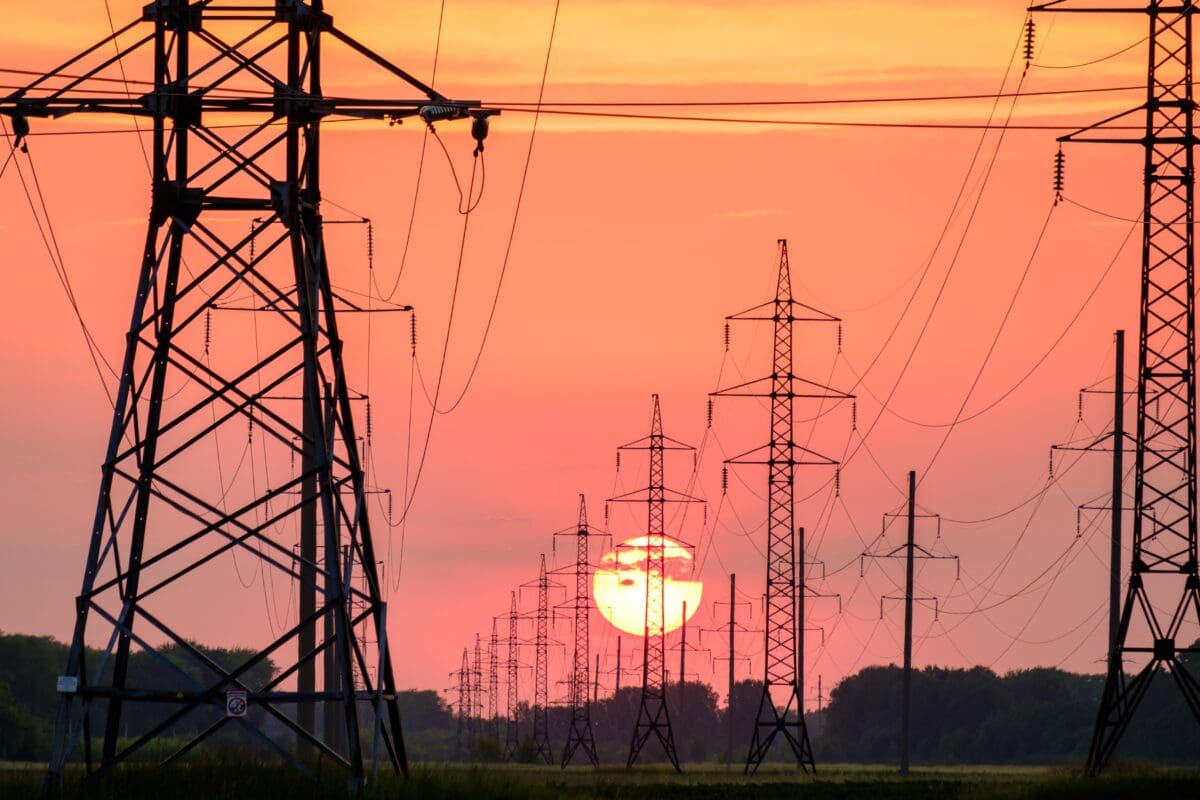Net Metering is Not Going Away in North Carolina
Starting July 1, 2023, net metering is changing and will look a little different. Here are some of the highlights with links jumping down to their corresponding sections:
☀ On March 23, 2023, changes to Duke Energy’s NC solar net metering policy were approved.
☀ Existing solar customers will be grandfathered into the existing net metering model until 2027.
☀ New solar customers prior to July 1, 2023 will be grandfathered into the existing net metering model.
☀
New solar customers as of July 1, 2023 will have the availability to choose either the new ‘Net Metering Bridge (NMB-1)‘ or the ‘Residential Solar Choice (RSC-2)‘/time of use (TOU) model, subject to NMB-1’s annual capacity caps. Both options come with additional fees.
*Note: Other utilities also offer net metering in North Carolina. This article will only focus on Duke Energy’s net metering model.
What is 'Net Metering' and Why is it Important?
‘Net metering’ is an interconnection model that outlines how you pay for the energy you consume and are credited for the solar energy you produce.
With net metering, as the homeowner, you receive a 1:1 credit for all of the energy your solar panels produce. This means you get the full retail value, when it comes time to exchange the credit for electricity to power your home at night or on cloudy days. In essence, with the bi-directional meter that Duke installs, you’re able to utilize the grid as a storage system for your solar panels! Granted, a battery backup is still required if you’re wanting to maintain power when the grid goes down.
Other Types of Interconnection Models
Of course, net metering is only one of a few different types of interconnection models. Another is the ‘time of use’ (TOU) model, where the cost of energy consumption and production varies by the hour of the day, day of the week, and month of the year. In addition to numerous variables affecting the cost, utility companies with TOU models typically charge more for energy during peak demand/critical peak hours (ie: mornings and evenings, when everyone is home), known as Critical Peak Pricing (CPP).
Why is Net Metering Changing?

2017’s House Bill 589 (HB 589) set the stage for the next generation of distributed energy resources by establishing goals for the state of North Carolina to reduce its carbon footprint by 70% by 2030 and become net zero by 2050. With the resulting push for the adoption of more solar technology, HB 589 also made it clear that non-solar customers should not be penalized for covering the cost of the grid’s infrastructure that solar customers would be avoiding. Customers without battery storage, for example, utilize the grid’s infrastructure twice as much as non-solar customers, as they are not only pulling power along transmission lines and to their homes, but are now also pushing out what they have produced. Per HB 589, utility companies were required to file for approval of revised net metering models with the North Carolina Utilities Commission (NCUC).
How is Net Metering Changing in North Carolina?
Duke Energy filed their proposed changes on November 29, 2021. A version of their proposal was approved by the NCUC on March 23, 2023 and will go into effect on July 1, 2023.
☀ Customers will ultimately be transitioning to a TOU model; however, legacy customers and new customers within the next couple of years must have an interim net metering model.
☀ Within 60 days of the order and at least 30 days before the new models go into affect, Duke Energy is responsible for creating an online savings calculator with which customers will be able to accurately determine estimated savings.
☀ Customers will no longer have their excess credits wiped out every May and will be credited for excess solar production every billing period at the wholesale rate of $0.034/kWh, following any applicable calculation of a ‘Minimum Bill Charge.’
☀ For customers on CPP, excess kWh produced during Critical Peak hours will be netted during Critical Peak hours.
☀ Customers cannot have a solar system sized to exceed its maximum monthly demand (‘oversized’) or 20 kW AC, whichever is less.
The changes specified in the order will be effective until June 30, 2027. Six months prior to their expiration, Duke Energy is required to file again with any necessary modifications to recognize new benefits or address further cross-subsidization issues.
On April 4, 2023, the Duke Energy published the NCUC-approved interconnection models with the ‘Net Metering Bridge’ (NMB-1) and the time-of-use ‘Residential Solar Choice’ (RSC-2) riders.
Net Metering Bridge (NMB-1)
The Net Metering Bridge (NMB-1) rider will be on a “first-come, first served” modified net metering model with an annual cap of:
☀ 2023: 16,350 kW AC
☀ 2024: 35,900 kW AC
☀ 2025: 39,500 kW AC
☀ 2026: 43,500 kW AC
After the annual capacity is met, customers will be defaulted to the RSC-2 model, but can apply again for the following year. This model will be closed to new participants starting January 1, 2027. Participants of this rider will “remain eligible for service under this Rider for up to 15 calendar years from the submission date of the applicable interconnection application.” Following that time period, participants will be required to transfer to the RSC or other net metering model in effect at that time.
Customers will have a minimum monthly bill of $22 with a ‘Minimum Bill Charge’ being applied, should “the sum of the Basic Facilities Charge, Customer and Distribution Energy Charges, and volumetric riders [be] less than $22.” Excess energy will be credited every billing period at the wholesale rate of $0.034/kWh, following the calculation of any Minimum Bill Charge. Participants qualifying for a few different crisis/low-income programs will not have a Minimum Bill Charge, provided their system is no greater than 8 kW DC.
Residential Solar Choice (RSC-2)
The Residential Solar Choice (RSC-2) rider will be a TOU model with CPP and the default for new solar customers moving forward. “Critical Peak hours will be considered a separated TOU period for the purpose of netting,” thus any power produced during Critical Peak hours will be netted with the higher-costing consumption of Critical Peak hours.
Customers will have a minimum monthly bill of $28 with a ‘Minimum Bill Charge’ being applied, should the sum of the Basic Facilities Charge, Customer and Distribution Energy Charges, and volumetric riders be less than $28. Excess energy will be credited every billing period at the wholesale rate of $0.034/kWh, following the calculation of any Minimum Bill Charge.
How Will Duke Energy's Net Metering Changes Affect You?

Existing Solar Customers
Existing solar customers and those who go solar before the July 1, 2023 cutoff (known as ‘legacy customers’) will be grandfathered into Duke Energy’s current net metering model until December 31, 2026. Starting January 1, 2027, legacy customers will be required to transfer to NMB-1, RSC-2, or another model in effect at that time (a new one will be introduced later that year). Should they transfer to NMB-1, they will remain eligible for service under that rider for 12 years.
New Solar Customers
Starting July 1, 2023, new solar customers will have the ability to choose between the modified net metering (NMB-1) or time of use (RSC-2) models, which come with a new set of fees and restrictions.
What do the Net Metering Changes Mean if You're Considering Going Solar?
☀ Both NMB-1 and RSC-2 come with fees that legacy customers won’t have to pay until 2027.
☀ Determining which new model is best for you depends a lot on your lifestyle and your energy goals.
☀
As net metering is changing, if you have friends or family considering solar, help them get the benefits being a ‘legacy customer’ provides!



